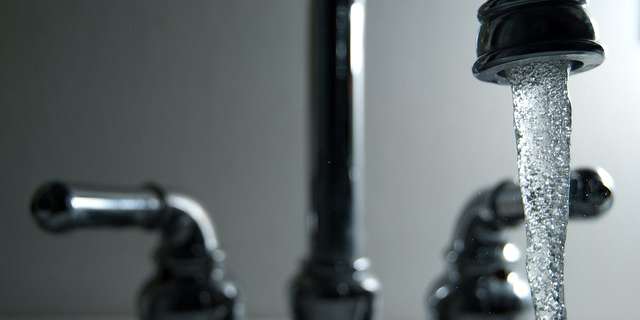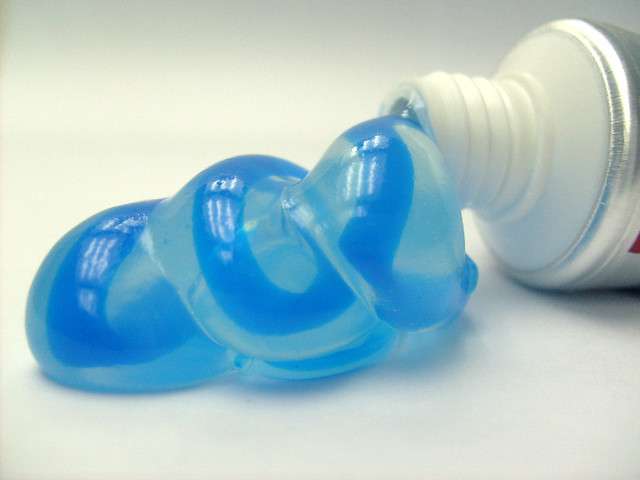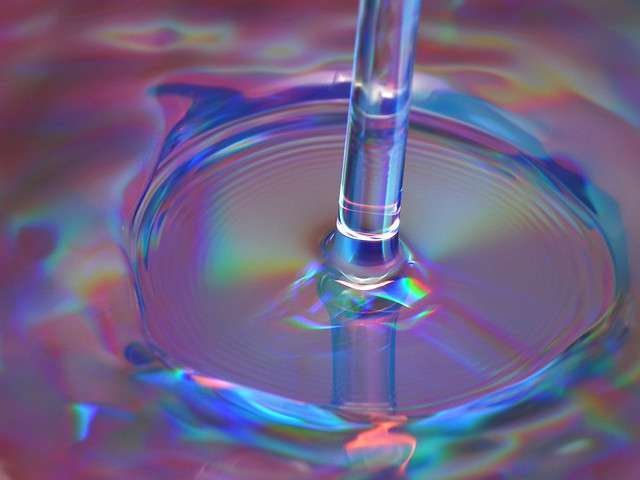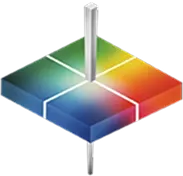
Fluoride is a common additive in drinking water around the world, but careful monitoring its concentration for safety and effectiveness is important. There are several methods commonly used for quantification of fluorine in drinking water: Fluoride Ion Selective Electrode (F-ISE) and spectral analysis. These methods are both effective, but we will explore how spectral analysis may provide a more simple method for fluorine quantification, as well as its uses for monitoring the safety and quality of various water sources around the world.
Fluoride is a common additive in our drinking water supply. Spectral analysis uses colorimetric technology to identify fluoride compounds in water samples and quantifies them both rapidly and effectively. Image Source: Flickr user Steve A Johnson



